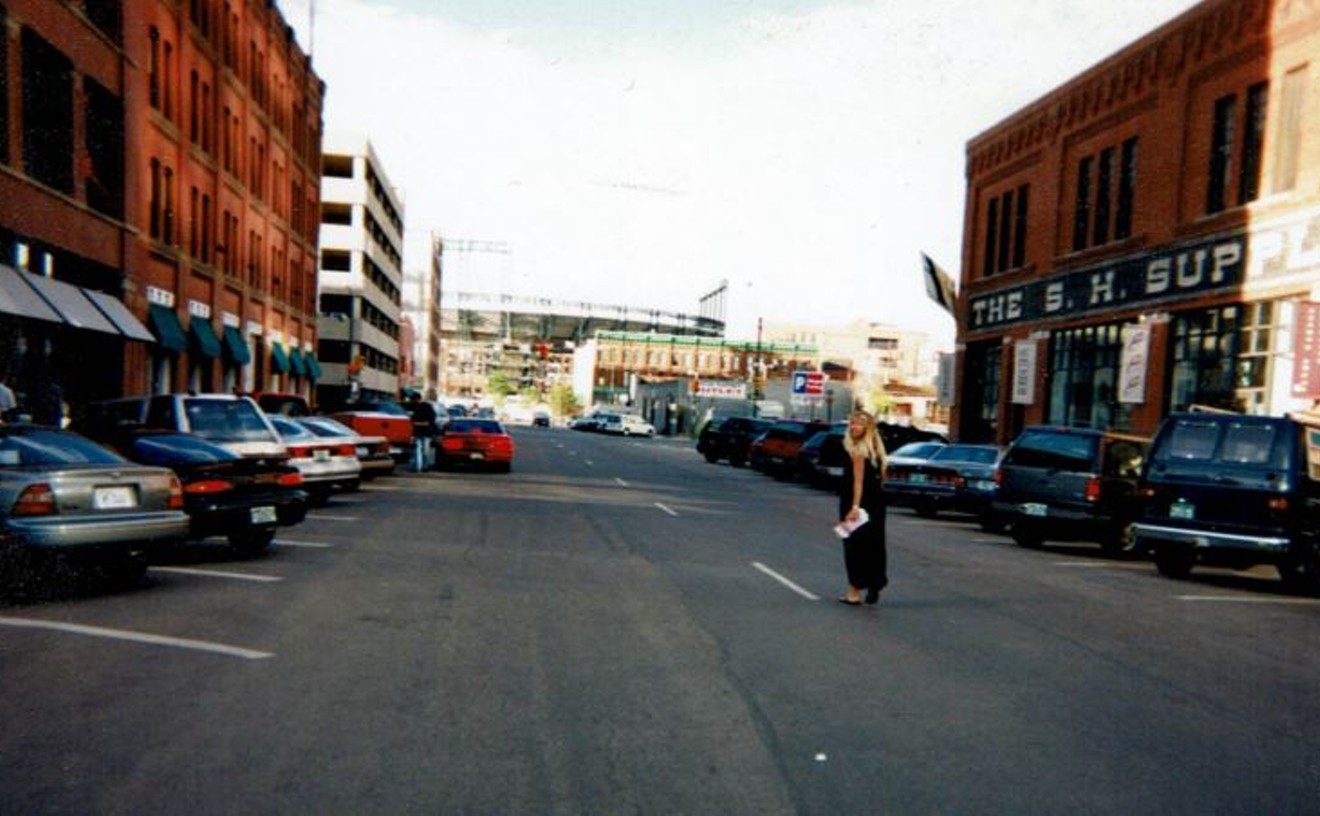While the Front Range has a plethora of moderate rock climbs, including several classics, the options for those pursuing very difficult climbs are nearly as unlimited. In fact, several of Colorado's most famous climbs are exceptionally difficult. If you're wanting to push your limits, here are five routes that will get the adrenaline pumping and get you way up there.
So, you've been pumping plastic all winter in the gym, and hit some big sport routes at Rifle and are feeling pretty good about yourself? Think those 5.11 climbs aren't as difficult as some of the old-timers seem to think? Prepare to be humbled by the awesomeness that is Wunsch's Dihedral. Four pitches of relentlessly steep climbing with wicked exposure. Bring lots of small nuts and cams. The climb puts you in an amazing position above the river far below, as the Pinnacle itself is about 1000 feet up. If you're feeling good about yourself, begin with the Breashears' Finger Crack start, which goes at 5.11d. This is followed by a 5.11a hand/finger/fist crack, then a 5.11a corner. If you still have the strength, try to free climb the bolt ladder, which goes at 5.12b, or aid the ladder, as many do. You can also cut left and climb unprotected 5.11a from low down on the bolt ladder. A 5.8 variation to the first pitch exists, as does a 5.9 variation to the third pitch. Rap from the summit one rope length to the descent gully.
2) Yellow Spur (5.9-5.10b)
Before there was the Naked Edge, there was the Yellow Spur. The great Layton Kor made the first ascent in 1954 using direct aid, and Royal Robbins and Pat Ament teamed to make the first free ascent in 1964. The route follows a stunning prow high on Tower One of Redgarden Wall. You can start the first pitch at 5.9 via a short shallow dihedral to a roof, or climb the direct start at 5.10 to a roof, then climb over the roof into a dihedral. The next three pitches are more moderate, offering 5.6 to 5.8 climbing. This takes you to the crux. Step up to a thin crack and climb that past a couple of old pitons till you are right below a manky bolt ladder. To stay at 5.9, traverse left to the arete and climb it to a belay stance. You can free climb the bolt ladder at 5.10b to arrive at the same belay. The last pitch is much easier, at 5.6, but is completely unprotected. Several walk off options exist from the top, though many people rappel the nearby West Chimney to get back to their gear.
3) J Crack, Lumpy Ridge, (5.9-5.11)
The improbable J Crack on the Book formation is one of the most popular routes in Estes Park. The namesake crack looks like a J from afar, and seems to offer perfect hand jams at a moderate angle. Appearances are deceiving, as the crack is a shallow v slot, and the jams trick. Above the second pitch, you can climb through the headwall at 5.11 or traverse to the left at 5.9 and go up. The fourth pitch goes up to the right through a roof at 5.7. You can walk off from the top.
4) Country Club Crack, Castle Rock, Boulder, (5.11b)
First free climbed in 1967, Country Club Crack was long one of the testpiece climbs in Boulder Canyon. The crux 5.11c moves are right off the ground on the first pitch, but the long second pitch demands care and concentration, proving extended bouts of 5.10 crack climbing. Rappel from the top.
5) Yellow Wall, The Diamond, Long's Peak (5.11b)
There are many classic lines on the Diamond, a high alpine wall on the tallest peak in Rocky Mountain National Park, but Yellow Wall is, perhaps, the classic hard route, and far more sustained than the more popular Casual Route. The climb was first done in 1962 by Layton Kor as a difficult aid route at A4. Many people worked on freeing the route in different stages, with Charlie Fowler and Dan Stone finally getting the first complete free ascent in 1978. The difficulties start right off Broadway ledge, with a hand and finger crack that goes at 5.11b.The crack system continues at 5.9 on the second pitch, and 5.10 on the third pitch. On the fourth, an exposed traverse leads to a corner system that goes at 5.9. This leads to the "A4 Traverse pitch," a difficult pitch that traverses to the Casual Route at 5.11a. Follow this with the Casual Route's crux 5.10a pitch to Table Ledge. Either traverse off, or finish with two more pitches at 5.10 and 5.9 respectively.










